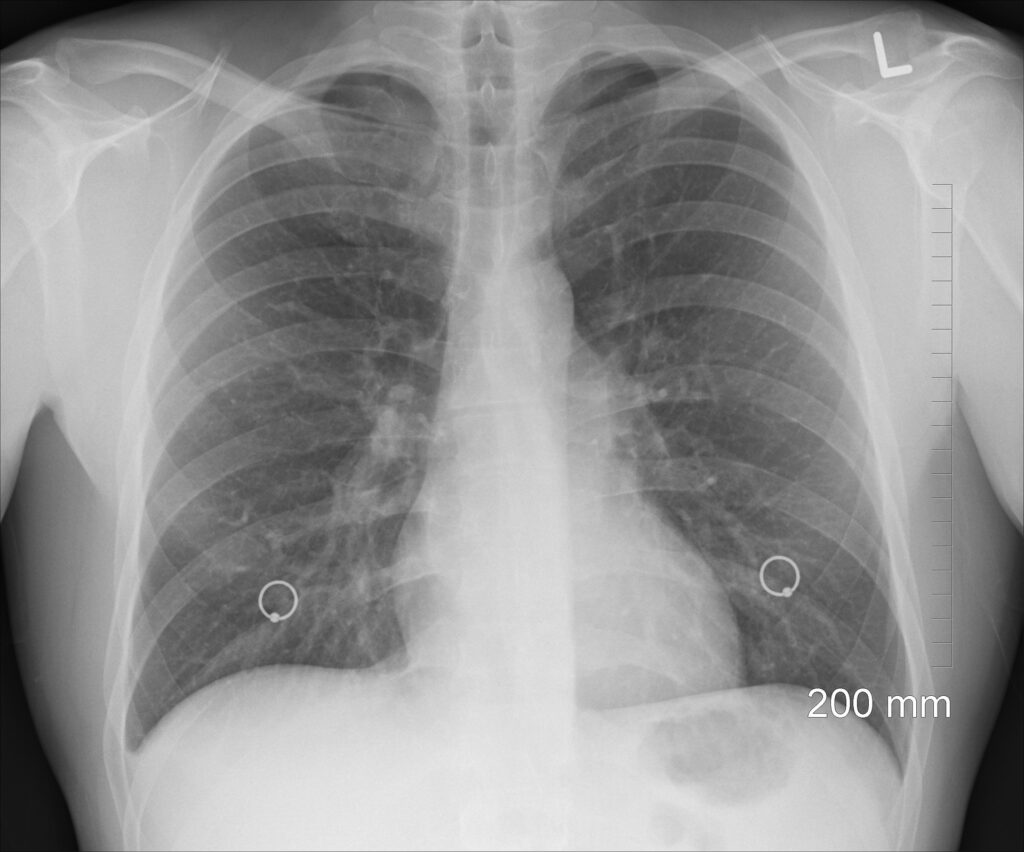Understanding Lung Cancer Symptoms: What You Need to Know
Learn about the symptoms of lung cancer and why it’s important to recognize them early. Discover how hoarseness can be a potential sign and the risk factors associated with this deadly disease.

Lung Cancer Symptoms: Recognizing Early Signs
Lung cancer is a serious health concern that requires attention and awareness. Recognizing the symptoms early can make a significant difference in treatment outcomes and overall prognosis. In this guide, we’ll explore the various symptoms of lung cancer, with a particular focus on the lesser-known indicator of hoarseness.
Understanding Hoarseness: A Potential Sign of Lung Cancer
Hoarseness, or a persistent croaky voice, is often overlooked as a symptom of lung cancer. It can be caused by irritation or injury to the vocal cords, which may indicate underlying health issues. While hoarseness can sometimes resolve on its own, persistent hoarseness should never be ignored. It may present as a raspy, strained, or weak voice, making it difficult to speak normally.
Causes of Hoarseness
Hoarseness can stem from various factors, including respiratory tract infections, acid reflux, vocal cord paralysis, and even benign or malignant tumors. These underlying causes highlight the importance of seeking medical attention if you experience persistent changes in your voice.
Understanding the Risk Factors
Cigarette smoke remains the leading cause of lung cancer, contributing to a significant portion of cases. However, exposure to other environmental factors such as radon gas, secondhand smoke, asbestos, radiation, and air pollution can also increase the risk. Understanding these risk factors can help individuals make informed decisions about their health and lifestyle choices.
The Importance of Early Detection
One of the challenges with lung cancer is that symptoms often do not manifest until the disease has advanced. This underscores the importance of early detection through regular screenings and awareness of potential warning signs. By recognizing symptoms like hoarseness, individuals can seek medical attention promptly, increasing the chances of successful treatment.
Symptoms Beyond Hoarseness
While hoarseness is a significant symptom to watch for, other signs of lung cancer include persistent cough, blood-streaked sputum, chest pain, worsening shortness of breath, and recurrent pneumonia or bronchitis. It’s essential to be vigilant about any changes in respiratory health and discuss them with a healthcare professional.

Differentiating Symptoms from COVID-19
In today’s environment, it’s crucial to differentiate between symptoms of lung cancer and those of other respiratory conditions, such as COVID-19. While some symptoms may overlap, persistent hoarseness or other concerning changes in respiratory health should prompt further evaluation by a medical professional.
Taking Action: Seeking Medical Attention
If you experience persistent hoarseness or notice any other symptoms suggestive of lung cancer, it’s essential to take action promptly. Schedule an appointment with your doctor to discuss your concerns and undergo appropriate screenings if necessary. Early detection can significantly impact treatment options and overall outcomes.
Raising Awareness: Spreading the Word
Raising awareness about lung cancer symptoms and risk factors is crucial in empowering individuals to take control of their health. By sharing information with friends, family, and communities, we can help ensure that more people recognize the signs of lung cancer and seek timely medical care.
Conclusion
Understanding the symptoms of lung cancer, including the less-known indicator of hoarseness, is essential for early detection and treatment. By staying informed about the risk factors and being proactive about our respiratory health, we can work towards reducing the impact of lung cancer on individuals and communities. Together, let’s raise awareness and support ongoing efforts in lung cancer prevention and treatment.





2 COMMENTS